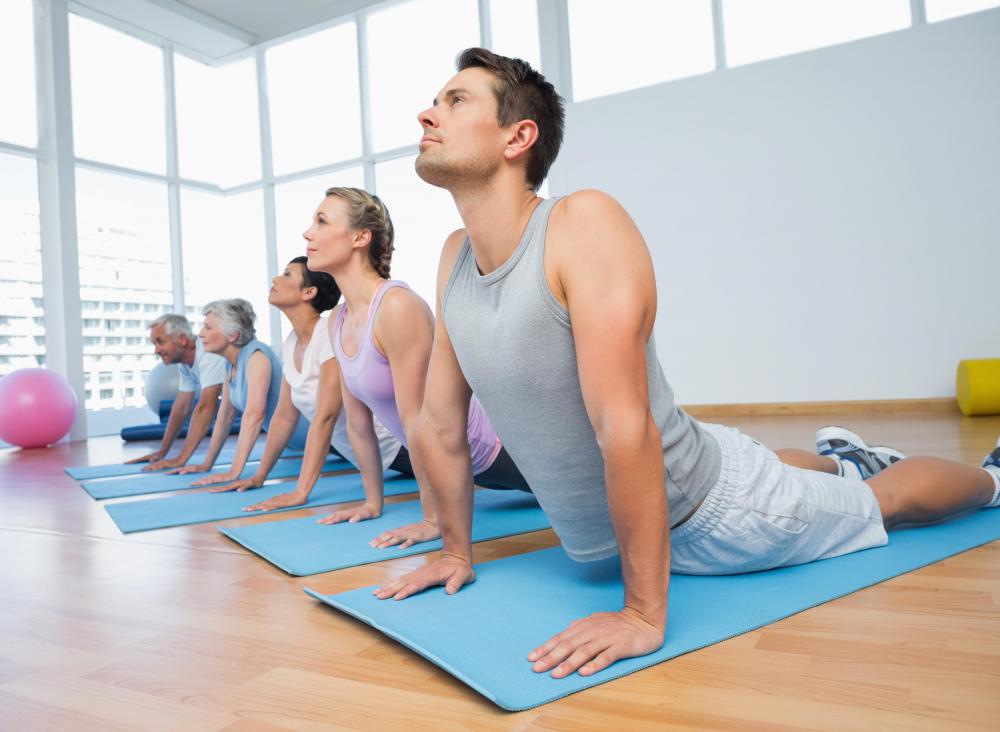At WiseGEEK, we're committed to delivering accurate, trustworthy information. Our expert-authored content is rigorously fact-checked and sourced from credible authorities. Discover how we uphold the highest standards in providing you with reliable knowledge.
What is Dhyana Yoga?
Dhyana yoga is a form of meditative yoga. It is meant to bring the practitioner into a state of heightened awareness of his or her unity with the universe. This type of awareness is referred to as universal consciousness. It is different from the practice of dharana yoga, where the goal is to concentrate on the meditation itself to enhance specific goals of focus.
Dhyana yoga is considered in ashtanga yoga practice to be the seventh of the eight steps, or sutras, needed to attain enlightenment. This state of enlightenment is known in Sanskrit as nirvana, which means "freedom from suffering." In Ashtanga yoga, it is called samadhi, which means complete unity or balance. The other steps include commitment to ethical conduct and religious study, as well as physical postures called asanas and breathing practices called pranayama.

Dhyana is Sanskrit for "meditation," which focuses on the divine. It does not have to be done sitting still or with closed eyes. Dhyana yoga can be an active meditation used in physical activity as well. In addition to its use as a religious meditative practice, dhyana yoga is also thought to calm the mind and emotions.
This yoga is thought to produce physical benefits as well. Some practitioners of dhyana yoga claim the meditation helps with digestion and blood circulation. Medical experts in the West have recommended meditation for its reported abilities to relieve stress and enhance feelings of well-being. The practice of dhyana yoga is traditionally thought to strengthen the mind by raising positive energy, known in Sanskrit as kundalini, up through the spine.

In ashtanga yoga practice, a person is considered to have three levels of being or bodies. These are called the physical, the astral and the subtle. The physical is thought to be centered in the navel. The astral resides in the middle of the forehead, and the subtle is in the heart. During dhyana yoga meditation, the intention is to mentally unite all three points in oneself and connect the prana, or life force, it creates to the outside world.

When practicing dhyana yoga in a seated position, it is traditional to form the hands in what is known as dhyana mudra position. This is achieved by placing the thumbs lightly against the index fingers to form a circle and then resting the hands in the lap. This position can be seen in many statues and paintings of the Buddha.
AS FEATURED ON:
AS FEATURED ON:













Discuss this Article
Post your comments